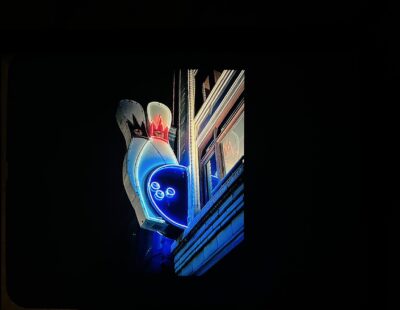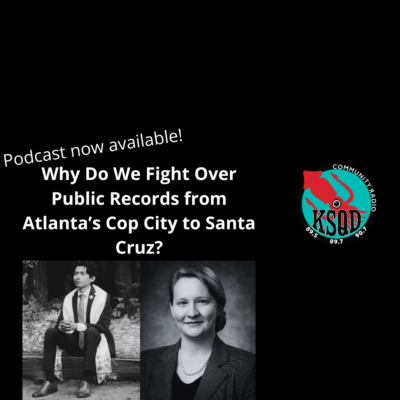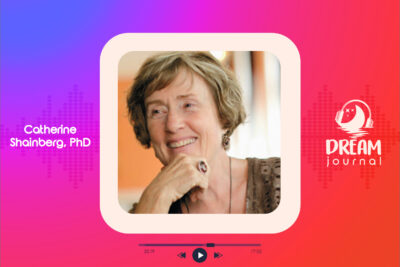
A soldier wearing camouflage fatigues inspects a darkened kitchen with his flashlight while a second soldier stands guard holding an assault rifle. “All clear. Bring it in,” radios the first. The scene switches to a caravan of army trucks making their way towards one of Queen Elizabeth’s residences, the Sandringham House in Norfolk, England. What appears to be a military operation is actually food delivery for the royal’s Christmas holiday and the prelude to the Oscar-nominated film, Spencer, which details three stressful days in the life of Diana Frances Spencer, aka, Diana, Princess of Wales.
With his 2016 film, Jackie, Chilean director Pablo Larraín dramatized the pressures of the hermetically sealed world of Jacqueline Kennedy Onassis following her husband’s assassination. With Spencer, Larraín dramatizes the pressures of the hermetically sealed world of Princess Diana that contributed to her untimely death. It’s Christmas Eve, 1991, and as the royal family gathers at Sandringham to celebrate, Princess Diana is driving around in her Porsche completely lost. She stops at a little café and addresses everyone in the room. “Where Am I?” she asks, sounding more like she’s searching for herself than a destination. After Diana is shown joining her in-laws, the soundtrack and set design foreground her sense of alienation, creating an impressionistic atmosphere that borders on horror; discordant strings on the soundtrack represent her precarious state of mind as she wanders about massive rooms, halls, and wide-open fields that emphasize her solitude.
Acclaim and award nominations have focused on Kristen Stewart who stars as Diana, and they’re well deserved. For better or worse, Stewart often brings a baseline of self-conscious anxiety to her performances. It’s precisely that nervous quality that makes her Diana an inspired pairing of actor and character; Stewart transcends a mere impersonation by projecting the quiet desperation of a woman on the brink of madness following years of regimented palace life and public scrutiny.
Unfortunately, artful messaging isn’t one of Spencer’s strengths. It’s all too obvious what the film is trying to say. Mainly, Diana was victimized by the oppressive nature of royalty and the demands it placed on her to be something she wasn’t. But Larraín fails to inform us who she really was. More problematic is Diana’s discovery of a book about Anne Boleyn, wife of Henry the VIII, who was accused of infidelity and beheaded even though it was Henry who was unfaithful. Diana immediately begins to identify with Anne, even wondering aloud if she herself is in danger of being killed, creating a flagrant reference to the conspiracy theory that the royal family masterminded her death.
Princess Di, it’s overstated, was like a beautiful bird trapped in a gilded cage – a pheasant, to be exact. Pheasants are shown adorning the tapestry above her bed, hunted for sport, and escaping shotgun blasts only to end up roadkill (!!!). Pounding the same nail even harder, Diana actually talks to a pheasant, suggesting its beautiful feathers would create a fashion sensation in Kensington. And hardly a moment goes by without some action, image, or bit of dialog reminding us how trapped and miserable poor Diana feels. Towards the end of Spencer, it gets exhausting, as if we’re the ones being held prisoner, forced to indulge a filmmaker compelled to tell us something we already knew over and over again.
For KSQD’s Film Gang, this is Paul Kanieski.










